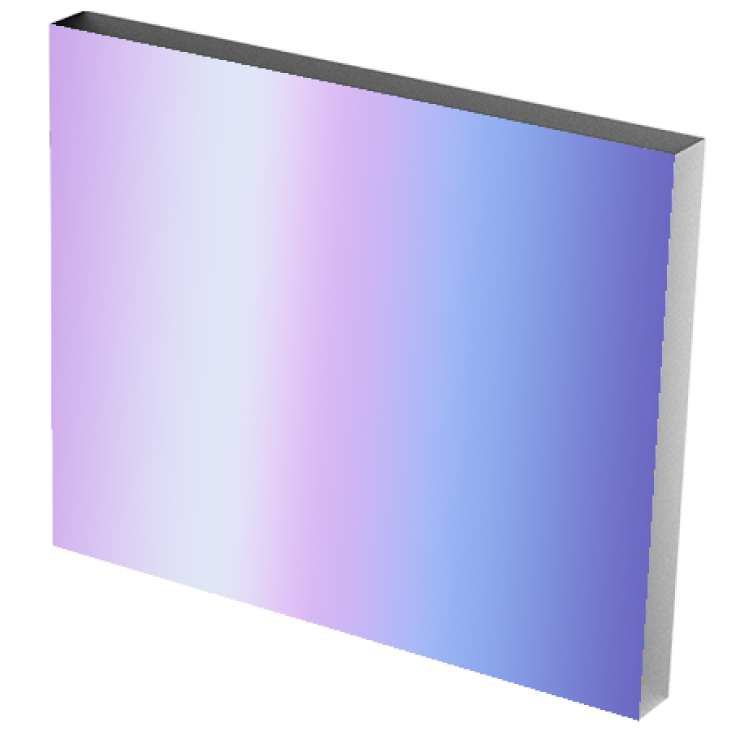| Coad | 671346 | Type | Fixed-Gain Photodetector | |
| Dimension(mm) | 53.0 x 50.0 x 50.0 | Wavelength(nm) | 320 - 1100 | |
| Bandwidth (MHz) | DC-0.2 | Photosensitive Area Diameter (mm) | 3.6 x 3.6 | |
| Storage Temperature | -25 - 70℃ | Operating Temperature | 10 - 50℃ | |
| NEP | 2.2pW/√Hz | Rise Time | 1.7.0μs | |
| Maximum Optical Power | 118μW@960nm | Minimum Optical Power | 2nW@960nm | |
| Maximum Output Voltage | 0-2.5V(50Ω)0-6V(High-Z) | Sensitivity | - | |
| Power Supply | ±9.0 V DC,100mA | Electrical Output Type | BNC | |
| Peak Spectral Responsivity | 0.6A/W@960nm | Accumulated Noise (RMS) | 1.0mV | |
| Transimpedance Gain | 0.84MV/A(50Ω)1.68MV/A(High-Z) | Detector Type | Silicon photodetector |
LBTEK’s Fixed Gain Photodetector is a device designed for optoelectronic conversion, primarily used in optical communication, optical sensing, and optical measurement applications. At its core is a photosensitive area composed of either indium gallium arsenide (InGaAs) or silicon (Si). These materials offer excellent photoelectric conversion characteristics in the visible to near-infrared spectral range, making them widely adopted in high-speed optical communication and fiber sensing applications. The photosensitive area receives incident light either through an optical fiber or in free space. When light strikes the photosensitive area, the detector material undergoes a photoelectric effect, converting optical energy into an electrical signal.
This conversion process mainly relies on the internal photoelectric effect and photodiode effect. After photoelectric conversion, the electrical signal must be amplified to increase its strength and improve the signal-to-noise ratio. Fixed gain refers to the fact that the photodetector integrates a built-in amplifier with a preset gain level, which amplifies the weak converted electrical signal to a higher level, making it easier for subsequent processing and analysis.
The LBTEK Si Fixed-Gain Photodetector is a fixed-gain photodetector with a specified bandwidth, designed to measure optical signals in the 320/400–1000 nm wavelength range. The optical signal enters through the photosensitive surface of the sensor, and the output is provided as a voltage signal through a BNC connector. The detector housing features a 1/4"-20 UNC threaded mounting hole for easy installation and secure mounting. It also includes two interchangeable threaded retaining rings of different sizes, suitable for both industrial and research applications. These rings allow convenient integration with external optical components such as filters, attenuators, lenses, and FC fiber adapter plates. Each photodetector is supplied with a regulated ±9 V DC power supply, with an input voltage rating of 220 VAC / 50 Hz.
















Product evaluation
%High praise
There are comments